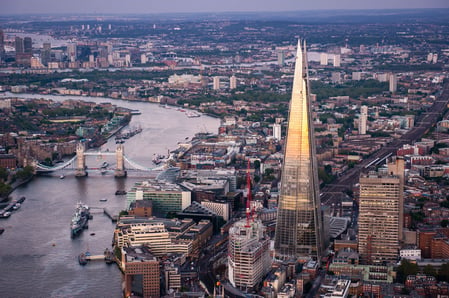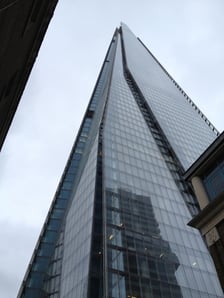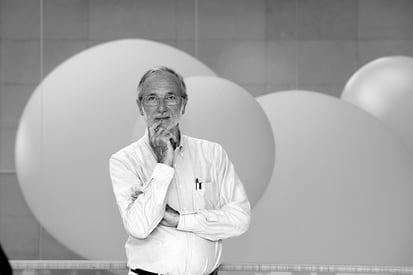 Renzo Piano – one of the most productive and influential architects of our times, does not look like a celebrity. He looks, dresses and behaves more like a university professor, which he actually was in an earlier period of his life which started in 1937 in Genoa. The Piano family are builders for generations – his grandfather established the family-owned company, his father developed it together with his brothers calling it Fratelli Piano and after retirement he left it to Renzo’s elder brother – Ermanno. The young Piano surprisingly went for architecture rather than the traditional for the family education – engineering, and went to study at the University of Florence and later – at the well-known Polytechnic University of Milan. He graduated in 1964 and briefly taught at the Polytechnic University – until 1968 when he completed his first building – a factory in Genoa. He broadened his horizons working for some time in Pennsylvania for the big American architect Louis Kahn. Renzo Piano became interested in light transparent roof structures during the years he spent at university. He went to London on purpose where he worked with the Polish engineer Zygmunt Stanisław Makowski - a pioneer in the field of Spatial Structures, where he developed his technical skills. And when in 1970 he received his first international order – the Italian pavilion for the world fair in Osaka, he designed it with a roof made from concrete and transparent reinforced polyester which was made by the family company Fratelli Piano.
Renzo Piano – one of the most productive and influential architects of our times, does not look like a celebrity. He looks, dresses and behaves more like a university professor, which he actually was in an earlier period of his life which started in 1937 in Genoa. The Piano family are builders for generations – his grandfather established the family-owned company, his father developed it together with his brothers calling it Fratelli Piano and after retirement he left it to Renzo’s elder brother – Ermanno. The young Piano surprisingly went for architecture rather than the traditional for the family education – engineering, and went to study at the University of Florence and later – at the well-known Polytechnic University of Milan. He graduated in 1964 and briefly taught at the Polytechnic University – until 1968 when he completed his first building – a factory in Genoa. He broadened his horizons working for some time in Pennsylvania for the big American architect Louis Kahn. Renzo Piano became interested in light transparent roof structures during the years he spent at university. He went to London on purpose where he worked with the Polish engineer Zygmunt Stanisław Makowski - a pioneer in the field of Spatial Structures, where he developed his technical skills. And when in 1970 he received his first international order – the Italian pavilion for the world fair in Osaka, he designed it with a roof made from concrete and transparent reinforced polyester which was made by the family company Fratelli Piano.
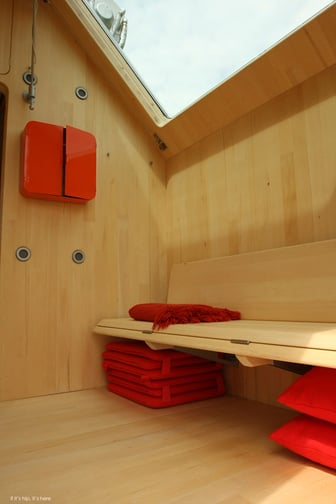
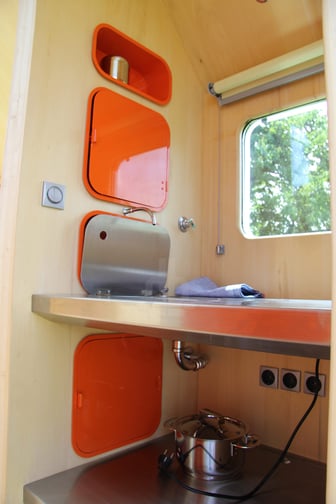
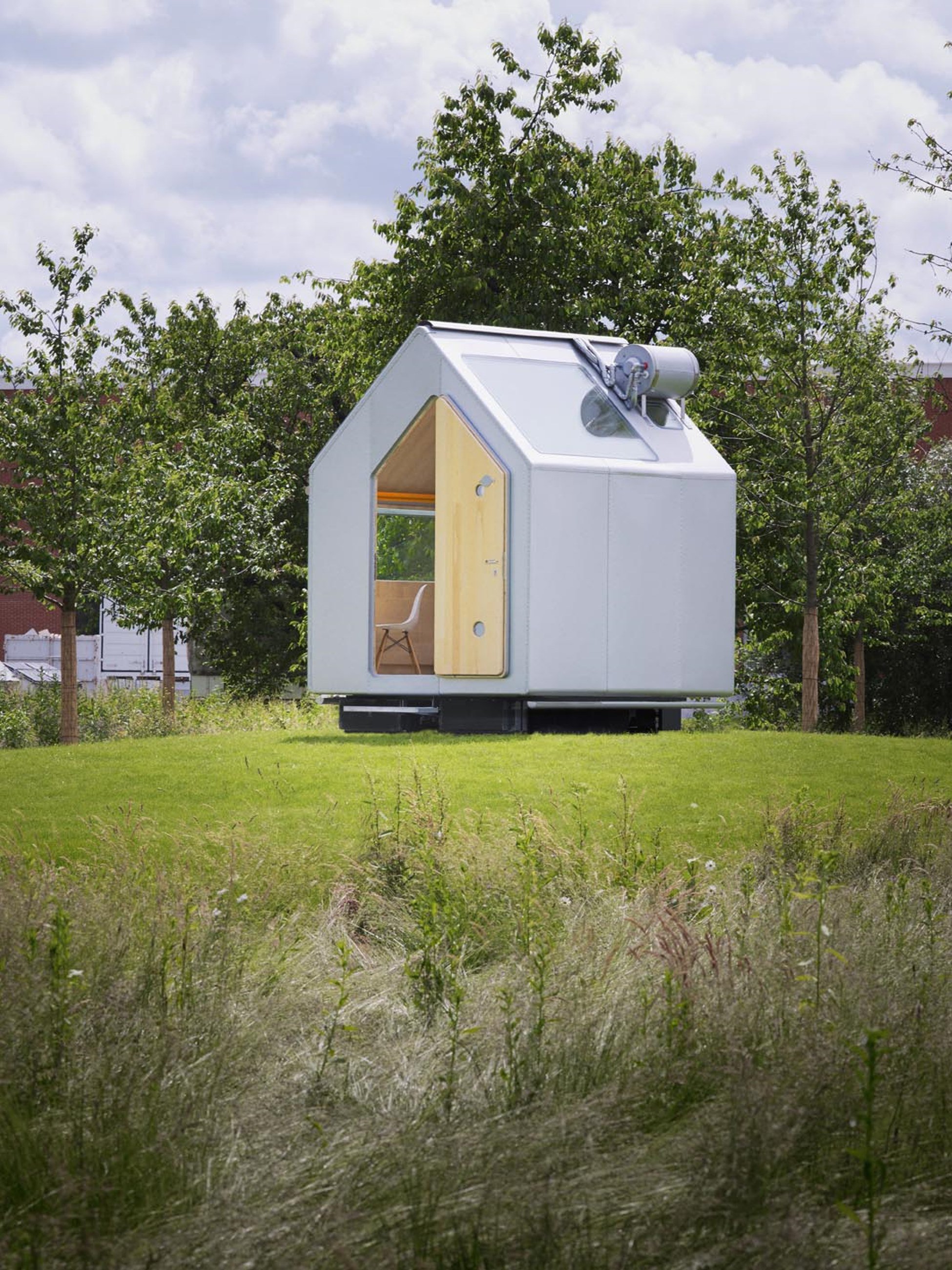
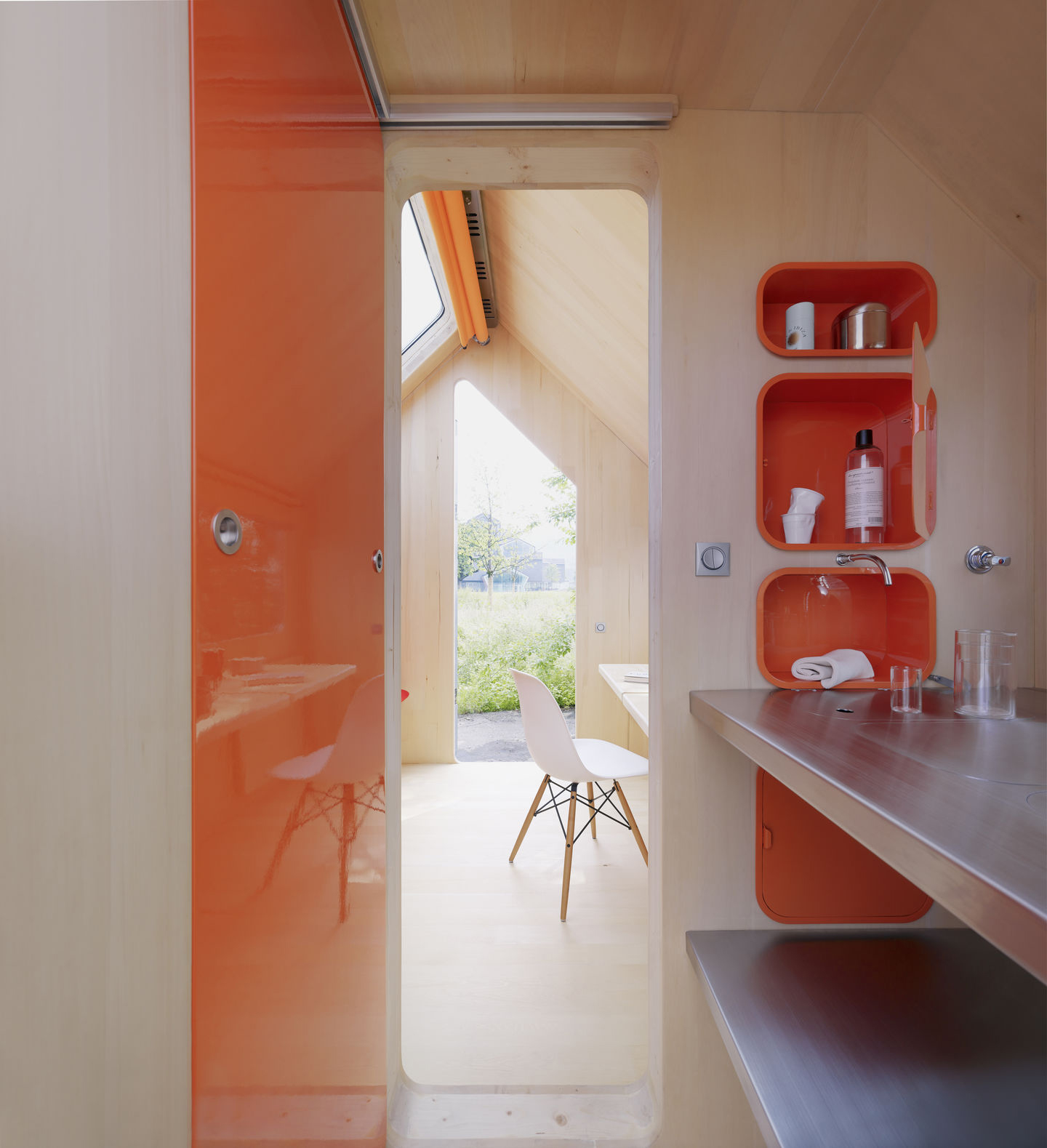
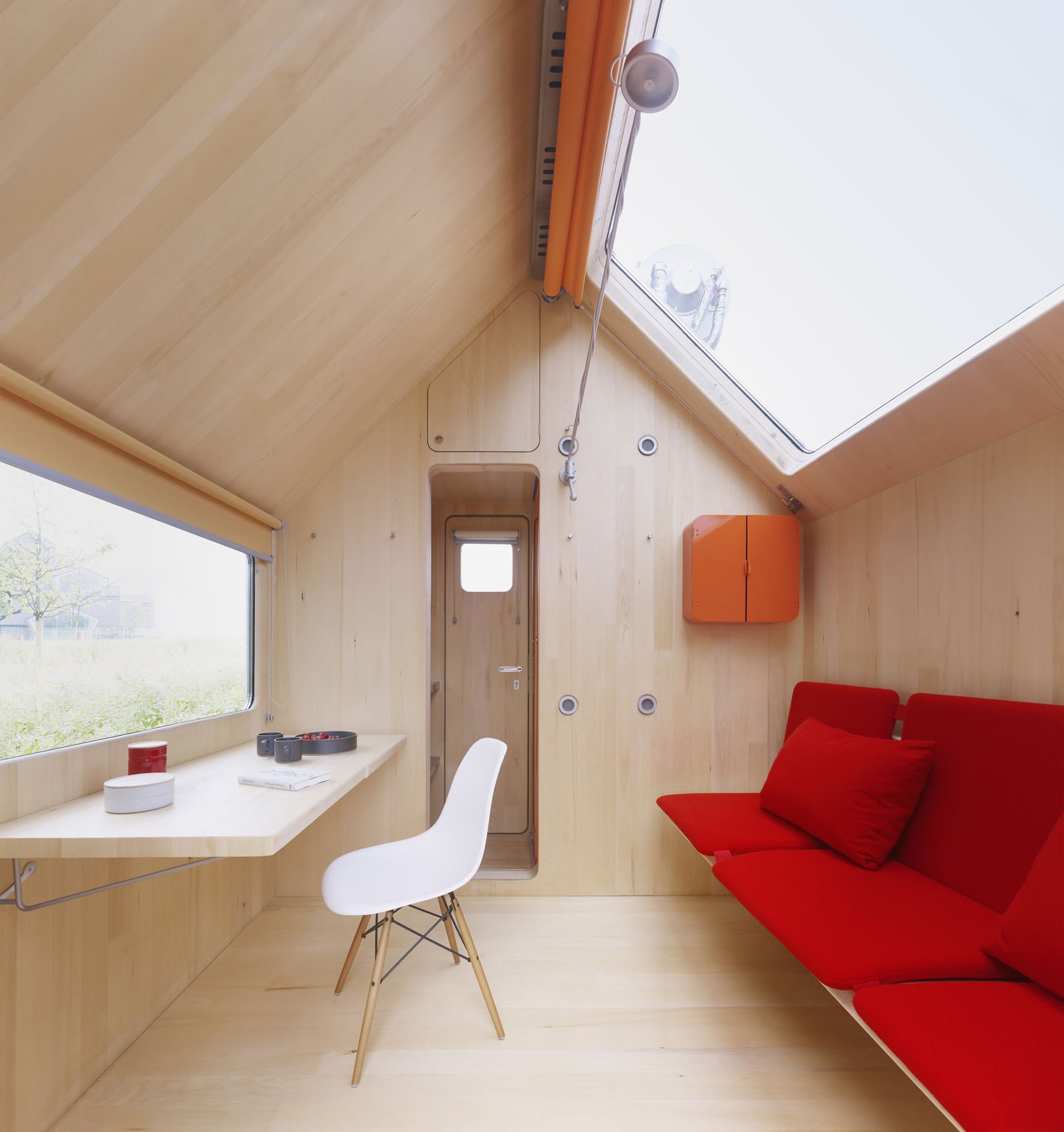
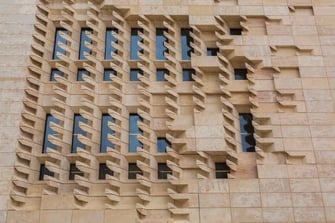
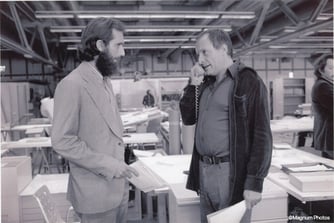
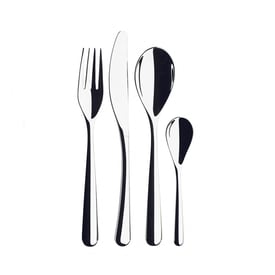
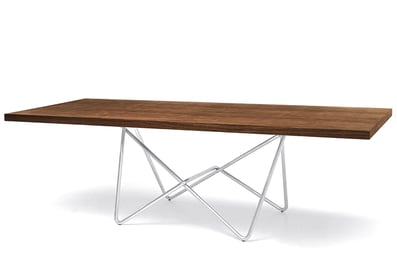
The structure - both artistic and industrial, fascinated the young British architect Richard Rogers and in 1971 the two founded the company Piano & Rogers which soon brought them world fame. It was due to their success in the biggest architecture contest of its time – for the Centre Georges Pompidou in Paris. This is a new type of museum institution with a programme which gives the team the opportunity to experiment with completely different approach to the building and to everyone’s surprise – to win. The unknown young architects Piano and Rogers, collaborating with the Italian Gianfranco Franchini and the brillian Irish engineer Peter Rice competed with the biggest architectural companies in Europe and America and were awarded the first place among 681 projects. The jury that made this important selection included legendary architects like Oscar Niemeyer, Jean Prouvé and Philip Johnson. Parisians, as it is typical for them, did not like the project which exposes the building installations painted in bright colours and is like anything made until then. LeFigaro newspaper wrote: “Now Paris has its own monster.” Love, however, comes “at second sight” after the finished building became one of the symbols of Paris and the surrounding area – once in decline, attracts millions of visitors. In just 34 years Renzo Piano was included in the shortlist of the most famous world architects and is still on that list. In 1977 he and Richard Rogers separated and he founded in Genoa - his place of birth, a new company – this time with Peter Rice. The following years were filled with hard work and a multitude of projects around the world.
One of his largest is “Potsdam” square in Berlin – a triangle in the heart of the city, destroyed during the Second World War to remain divided between the two parts of Germany. The project is part of the big construction activity at the heart of Berlin after the reunification of the country in the beginning of the 90ies in which some of the biggest contemporary architects were involved. This was followed by projects of department stores and residential buildings, airports, churches, stadiums, factories all around the world. Each project is different, it is difficult to define a dominating “Renzo Piano style” unless we point out the exceptional mastership of contextualization and attention to detail. Piano himself says: In a way I spend my entire life stealing from everything - from the past, from cities I love, from where I grew up - grabbing things, taking not only from architecture but from Italy, art, writing, poetry, music.“ In 1998 he was awarded the biggest architectural award – Pritzker. Today, Renzo Piano Building Workshop (RPBW) – the company which was founded in 1981, has ofices in Genoa, Paris and New York. It employs 100 architects, engineers, construction specialists. Renzo Piano and his strong team continue to build impressive buildings, among which is the tallest skyscraper in Europe 0 The Shard in London. The tens of museums and buildings dedicated to art are of special importance to his creative work. One of the, is the one believed to be “the perfect small museum in the world” – for the private Beyeler collection, outside Basel, Switzerland. All of them are full of light which is probably the main characteristic feature of the illusive “Piano style”. It is not by accident that the big Spanish director Carlos Saura made a film about Renzo Piano, called “The architect of Light”.
